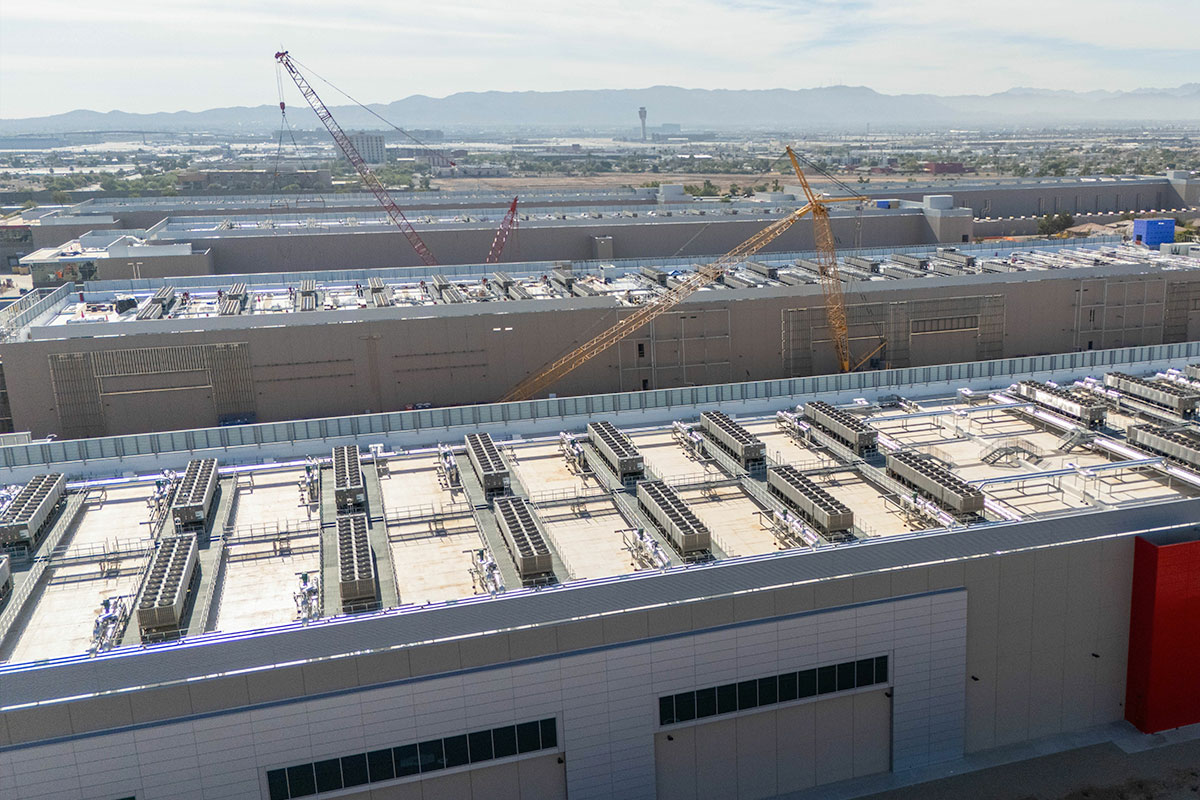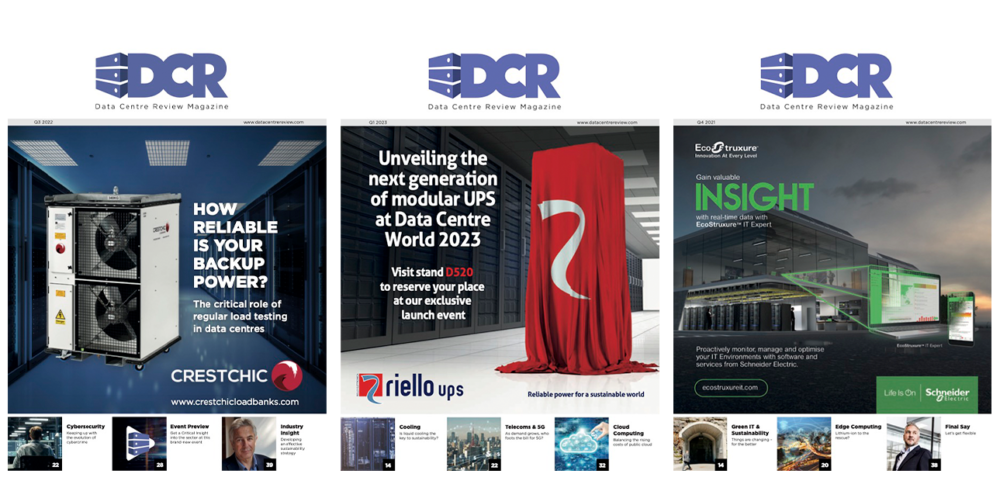Chris Coward, Director of Project Management at BCS, explains why overcoming power constraints, workforce shortages, and supply chain pressures is critical to turning the Government’s visionary AI Opportunities Action Plan into tangible outcomes.
The Government’s announcement last week of its AI Opportunities Action Plan which commits to building a ‘cutting-edge, secure, and sustainable AI infrastructure’ has been met with a mixed response from the sectors that will be responsible for delivering it and who understand first- hand the challenges involved.
I don’t think many people doubt that there are potentially great opportunities as a result of AI. The announcement quotes IMF estimates that its use could boost productivity by 1.5 percentage points every year whilst Ministers estimate this could provide an economic boost of £47 billion to the UK each year over the next decade.
Reassuringly the government report does start with a section entitled “Laying The Foundations to Enable AI’ which recognises that we need a world-class computing and data infrastructure, access to talent and regulation.
But the question is how do we get there?
The need for a better planning system
The report is swift to address the issues around planning permission with the creation of AI growth zones (AIGZ) – geographic areas where restrictions will be relaxed on planning for AI infrastructure, such as data centres.
Hopefully this is similar to the SPZ, a simplified planning zone that applies across most of Slough Trading Estate which has been very successful. It sets out a range of conditions that have to be met in order that some types of development, mostly data centres, warehouses and research and development centres, can be built without the need to apply for an individual planning permission. This is fantastic news and will undoubtedly help accelerate this aspect of the development process without unnecessary delays.
However, whilst planning permission has been an obstacle in the growth of the sector in some cases – the real issues are around power availability, a lack of people and supply chain issues.
It’s early days for big AI promises
To give some context, the document outlines plans for a dedicated 500 MW data centre for public organisation use alone – thereby suggesting that a much higher number of these dedicated AI 500MW data centres will be needed to service the private sector. Yet to date there is no mention of a plan to support the construction and manufacturing industries to meet the substantial growth of the data centre industry within the UK that this will entail.
There is of course a suggestion that this is all in hand with three companies that have supposedly ‘committed to a £14 billion investment in the UK to build the AI infrastructure the UK needs to harness the potential of this technology and deliver 13,250 jobs across the UK’. This is perhaps a bit disingenuous as these projects were conceptualised well before this announcement with a view to meeting the previous demand and not necessarily for AI.
While these projects are excellent in concept, the facilities have made minimal progress beyond their initial stages. Given the current pace of development, it seems highly unlikely that they will be completed by the 2026 target as originally stated.
People will be key to enabling the AI revolution
There is also a section in the plan that covers ‘Training, attracting and retaining the next generation of AI scientists and founders’ but here there is no mention of the data centre designers, engineers, project managers and cost managers that will be needed too. The skills shortage in the sector has been well documented and the shift towards AI is already putting an extra strain on this.
If we assume we need 500 people per £1 billion of digital infrastructure you can start to see the extent of the challenge. And this doesn’t include the operations staff.
How can we power the future of AI?
AI data centres are power-intensive by nature, primarily due to the high computational demands of AI workloads. These computational resources consume large amounts of electricity, driven not only by the need to power the servers but also by the cooling systems required to maintain optimal operating temperatures. The growth in demand for data centre services that we have witnessed in the wake of the ongoing digital transformation has already posed a major challenge in terms of the resourcing and use of power – and that was before the major drive towards AI.
In our recent independent survey of over 3000 senior data centre professionals, 85% believe that the pace of widespread adoption of AI is currently being restricted by the lack of available power and facilities tailored for AI workloads. In the UK, the long-awaited increase in the UK’s electrical capacity isn’t due until 2030 and alternatives are complex and costly.
Failure to find a solution may well be a limiting factor as Amazon chief Andy Jassy warned last year that there was “not enough energy right now” to run new generative AI services. Discussions around a nuclear solution have been around for years but the safety concerns, whether founded, continue to prevent wholescale uptake. However, it should be noted that earlier last year Microsoft appointed a director of nuclear technologies after announcing that it was recruiting to “implement a global small modular reactor and microreactor” strategy to power data centres.
Innovation is key to tackling power issues in the long term. Technologies like liquid cooling, modular data centres, and artificial intelligence-driven energy management systems could dramatically improve efficiency. Additionally, partnerships between data centre operators and energy providers could pave the way for smarter, more resilient energy ecosystems.
Moving forward the solution may well be to bypass the grid by building microgrids, where possible using renewable energy. However, the UK Government must play a more proactive role in addressing these power challenges.
The industry continues to research new solutions
AI is already changing the way we design data centres as it requires far more processing power than standard computing which in turn needs more power and cooling. Data centre designs are also changing to ensure they can adapt to include liquid cooling to address the higher density. For existing facilities this may mean adapting existing chilled water implementations to deal with AI including air cooled, direct to chip and immersed solutions.
It is worth noting that some of the equipment needed to deliver this may not be widely available as yet as it is still in the R&D phase. If it is, it may not have been sufficiently evaluated to meet SLAs required of the Hyperscale developers.
The need for a solid supply chain and a stable construction industry
At the very least there will need to be considerable investment in these areas to ensure we can deliver. The UK construction market has been affected by a number of challenges including the increased costs associated with fixed price risks taken before high inflation and covid debt, and the Government tax increases affecting investment and profit. In addition, the fallout from the collapse of ISG left a huge hole in the market with over £1 billion in debts and understandable trust issues. In simple terms it is not in a great place.
I believe the industry needs a market reset, one that prioritises the long-term growth and sustainability of general contractors. This reset should focus on fostering sustainable profits, encouraging early engagement with the supply chain, and promoting greater collaboration with clients. Workforce development is a must and requires a focus on training linking in with colleges and universities and government support.



